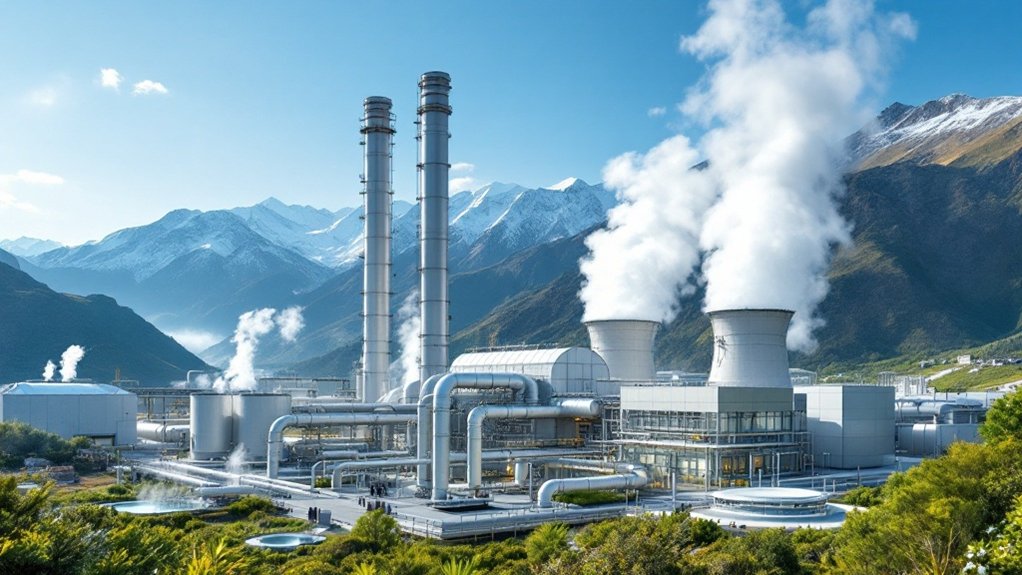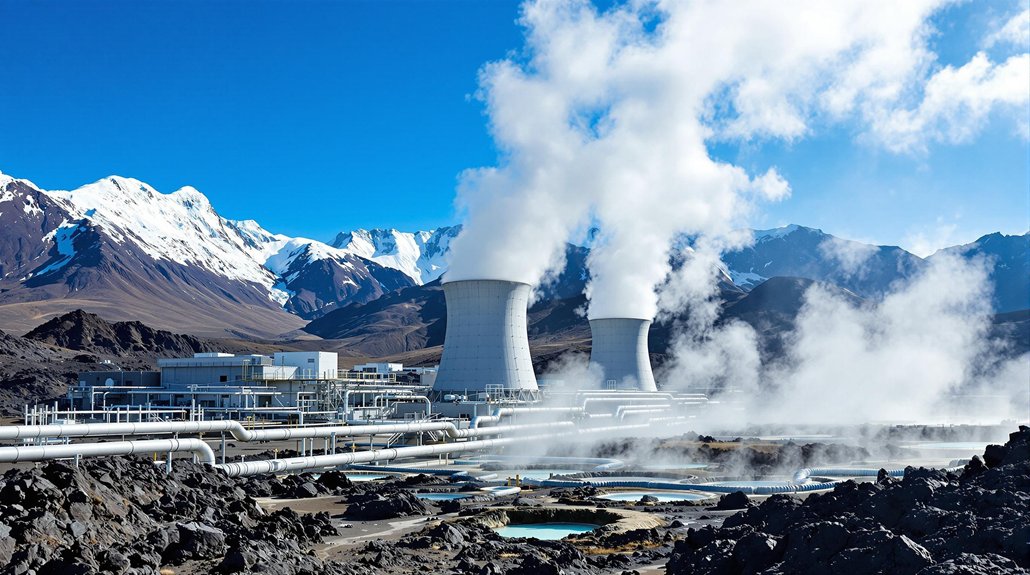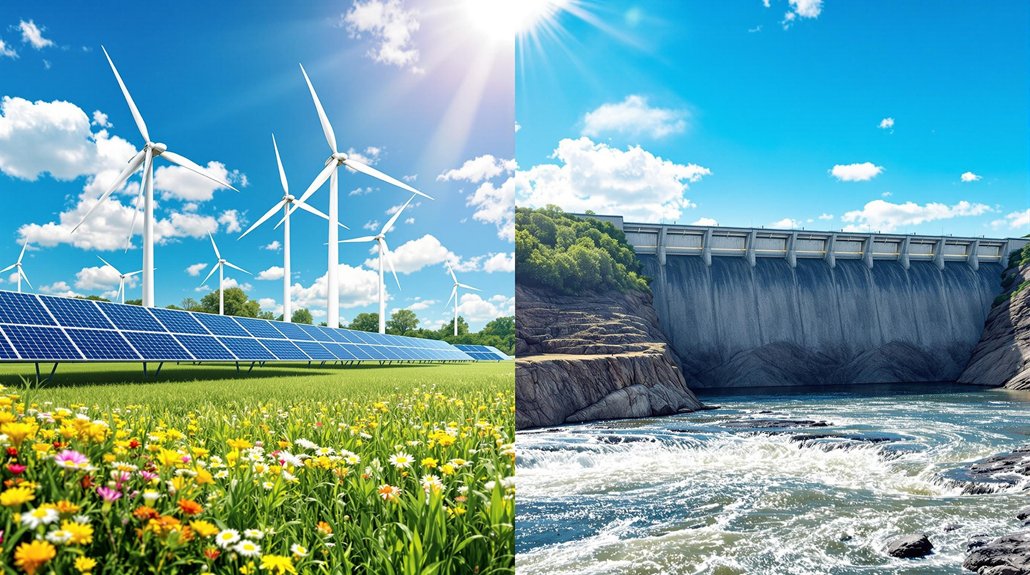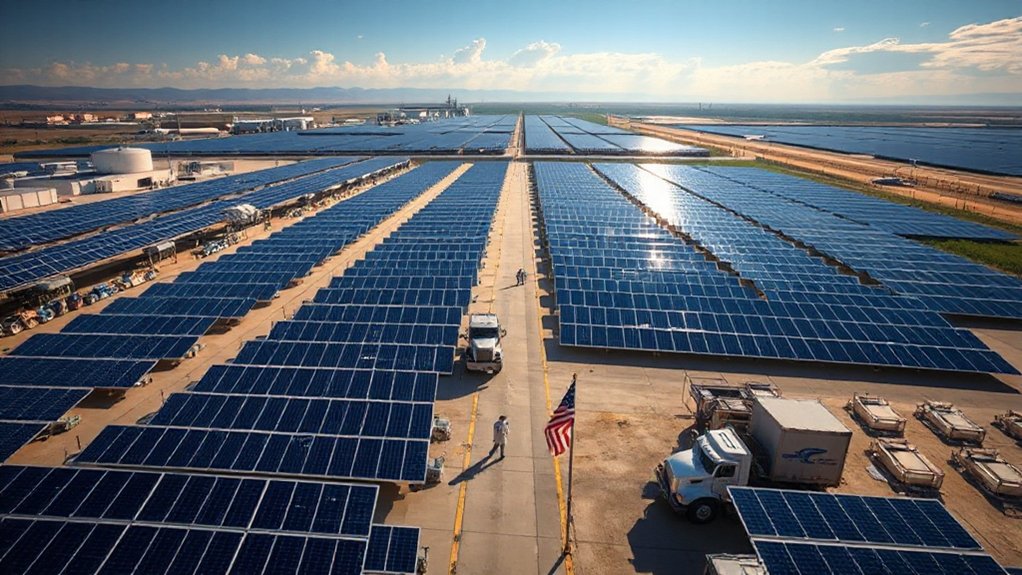Geothermal energy taps Earth's natural heat for clean, reliable power generation. The numbers don't lie – it produces 99% less carbon dioxide than fossil fuels and runs 24/7, rain or shine. Plants operate for decades with minimal maintenance, creating local jobs and stable energy prices. It's versatile too, heating buildings and powering greenhouses while taking up way less space than solar. With advancing technology expanding access, geothermal's potential keeps bubbling up from below.

Harnessing the Earth's natural heat is looking pretty smart right now. While everyone else scrambles to figure out clean energy solutions, geothermal power has been quietly crushing it in the sustainability department. The numbers don't lie – it produces 99% less carbon dioxide than fossil fuels per megawatt-hour and basically zero air pollution. Talk about a win for the environment.
Let's get real about reliability. Unlike its fickle cousins solar and wind, geothermal energy doesn't take days off. It achieves a stunning 96% capacity factor in U.S. plants, humming along 24/7, rain or shine. No need to worry about cloudy days or calm winds. The Earth's core has been cooking for billions of years and isn't stopping anytime soon. The sustainable and renewable nature of geothermal energy means it replenishes itself naturally over time. Located primarily near tectonic plate boundaries, these power plants efficiently harness steam from underground heat sources.
The economics make fossil fuels look like yesterday's news. Once you've got a geothermal plant up and running, operating costs are surprisingly low. These facilities last 20-50 years with minimal maintenance, delivering stable energy prices that won't spike every time there's a global crisis. Plus, it creates more jobs than conventional energy – because apparently saving the planet can be good for the economy too. Modern facilities use binary cycle plants to extract energy from lower-temperature water sources, expanding potential deployment locations.
But wait, there's more. Geothermal energy isn't just about keeping the lights on. It's heating buildings, powering greenhouses, and even helping extract valuable minerals from underground fluids.
And it does all this while using way less land than other renewable options – just 404 square miles for one gigawatt-hour compared to solar's sprawling 2,340 square miles.
The technology keeps getting better too. Enhanced Geothermal Systems are expanding where we can tap into this underground powerhouse, while improved drilling techniques are making it cheaper to access.









